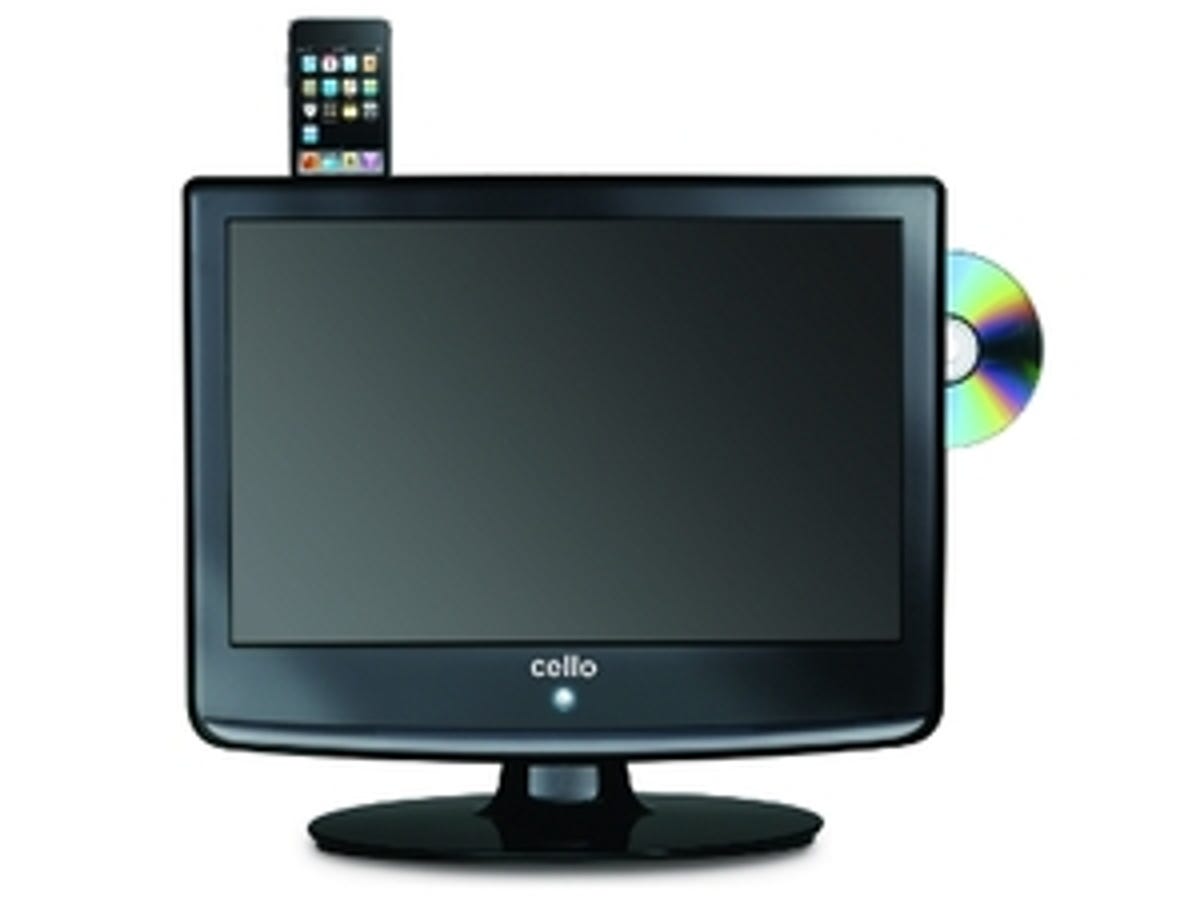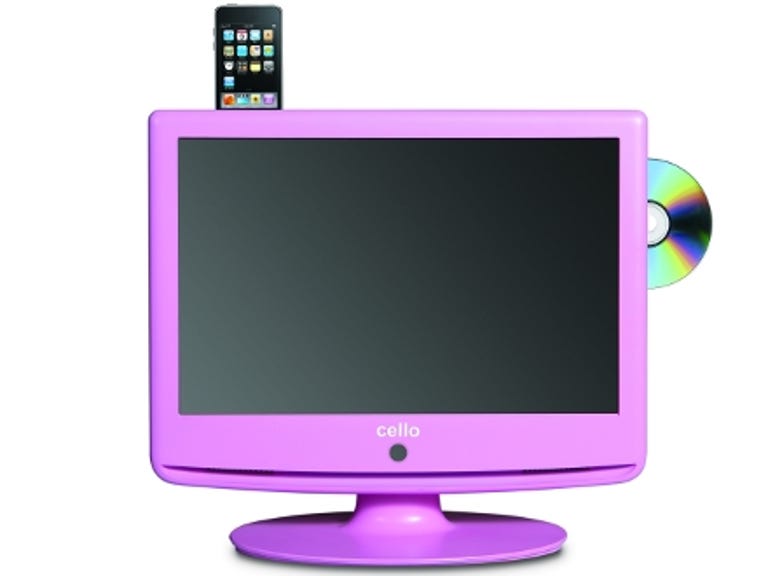 Why You Can Trust CNET
Why You Can Trust CNET Cello C1973FIP review: Cello C1973FIP
With a built-in iPod dock and DVD player, the 19-inch, HD Ready C1973FIP LCD TV will appeal to those who are either short on space or just hate clutter. You can't expect top-notch picture quality from a machine of this type at this price, but it offers decent performance and convenience in a cute design
Explaining Cello's C1973FIP LCD TV is no easy task. For starters, it's not just known as Cello's C1973FIP. Oddly, some stores sell the same TV under the Soundwave brand. Plus there's the rather extraordinary fact that, despite only offering a 19-inch screen with a 1,440x900-pixel HD Ready resolution, the C1973FIP manages to find room inside its bodywork for both a built-in DVD player and, along its top edge, an iPod dock.
The Good
The Bad
The Bottom Line
On paper, at least, the C1973FIP sounds like a dream solution for clutter haters the world over. In small kitchens, studies or bedrooms, the fewer boxes the better. The C1973FIP's £300 price tag means it will also appeal to bargain hunters, since it costs about what you'd usually pay for a 19-inch TV alone. But experience suggests that the combination of a relatively unknown brand name with a low price certainly isn't a recipe for success. Nevertheless, the proof is in the pudding.
Cute design
The C1973FIP actually looks quite good, thanks to its glossy finish and arced undercarriage. You can even get the set in different colours, including pink, black and silver, from some retailers.

There's a hint that the TV might not have emerged from the most auspicious of manufacturing locations in its connections. While its single HDMI, Scart and PC inputs are all acceptable, its lack of a component video input certainly seems out of step with the usual European TV standards. Still, only owners of aging Xbox 360s are likely to be seriously bothered by this connection shortcoming.
Problematic specs
More signs of potential trouble come in the form of the TV's specifications, namely a native resolution of 1,440x900 pixels, and a claimed contrast ratio of 850:1. The resolution, although unexpectedly high, doesn't conform to the usual 16:9 widescreen aspect ratio, and the contrast ratio looks very low indeed by today's standards.
These niggles pale into insignificance compared with the C1973FIP's horrendous on-screen menus, however. The text they use is far too small to read comfortably from any reasonable distance, especially if you're trying to navigate through a lengthy list of songs or albums piped in through the iPod dock.
Average pictures
We were confidently expecting the worst from the C1973FIP's pictures. But, while they're hardly state of the art, they're not a complete write-off. Its standard-definition performance is surprisingly decent. Even rough Freeview broadcasts are remapped to the TV's unusual resolution quite tidily.
We also didn't find anything to complain about with the DVD player, other than, perhaps, the fact that it doesn't seem able to handle DivX discs. There certainly doesn't seem to be any of the heavy blocking noise or twitching in its pictures that you might expect to see from what's clearly a very cheap DVD engine.
Another positive point is that, somehow, the C1973FIP's rescaling processing is clever enough to avoid making widescreen pictures look the wrong shape, despite the set's non-16:9 resolution.
In most other ways, though, the C1973FIP's pictures are average at best. Its colours, for instance, while not unwatchable, seldom look much like anything we'd expect to see in the real world. The C1973FIP's pictures aren't really sharp enough to do high-definition material much justice either. This is especially true if there's much movement in a picture, since this causes obvious signs of LCD technology's common motion-blur problem.
The C1973FIP's contrast range is entirely uninspiring. Dark scenes have a disconcertingly milky appearance, and the situation is made worse by a greyish line that forms an unwanted extra frame around the image's outer edges.
The C1973FIP doesn't fare much better as an iPod jukebox. A general lack of quality in both the TV's audio processing and speakers means the TV tends to emphasise the compression artefacts and reduced dynamic range that occur when you rip tracks to your iPod, while TV shows and DVDs sound cluttered, and pretty harsh at high volumes.
Conclusion
The Cello C1973FIP saves space and offers plenty of functionality for not very much money. But its ridiculous on-screen menus feel like they should be sponsored by Specsavers, and its performance in both the picture and sound departments leaves much to be desired.
Edited by Charles Kloet
